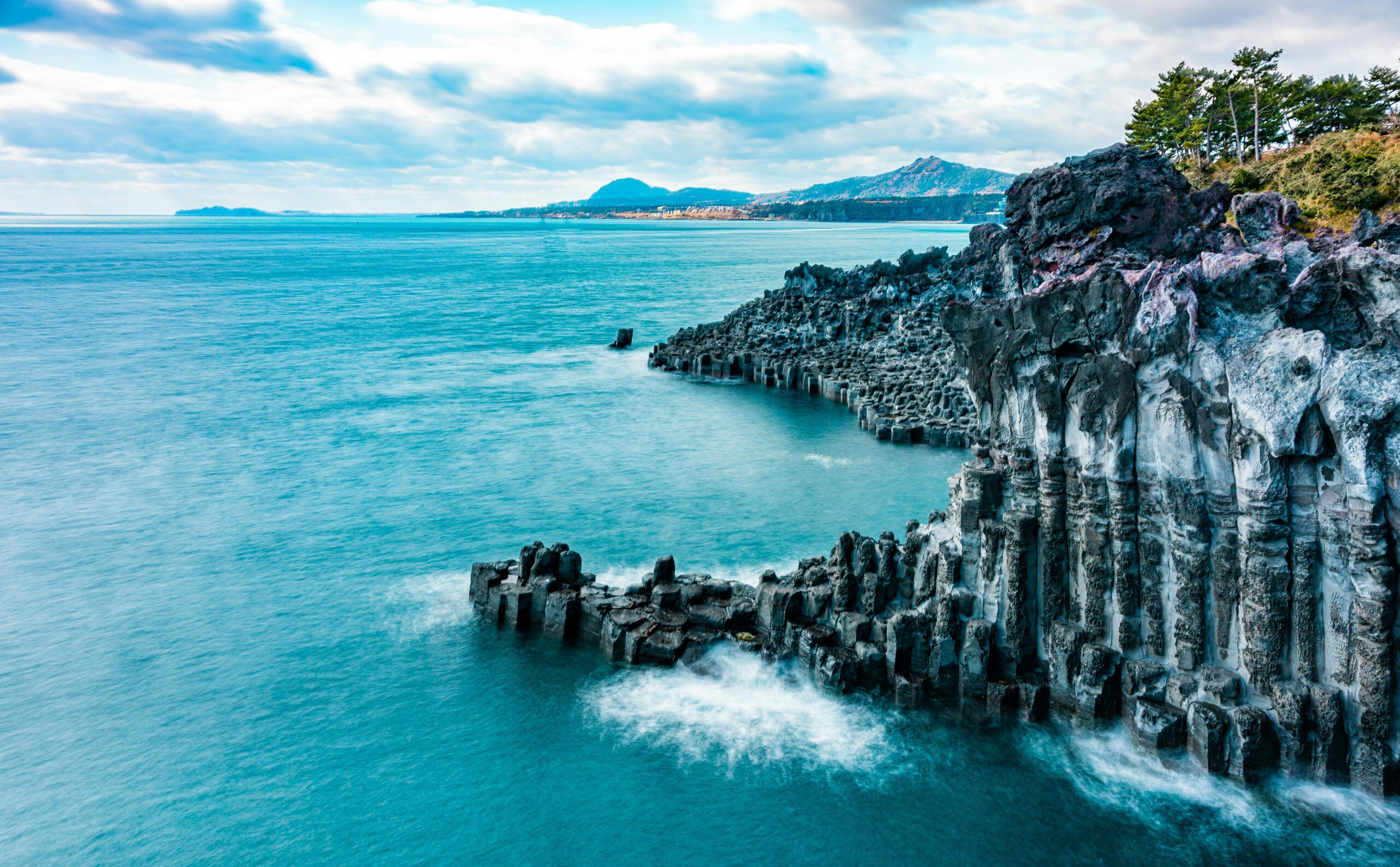Discover Jeju Island
Jeju Island, known as the largest island in South Korea, is a breathtaking destination that captures the hearts of travelers worldwide. Covering an area of 1,833.2 km2 (707.8 sq mi), it lies in the Korea Strait, approximately 82.8 km (51.4 mi) south of the Korean Peninsula. The island boasts an oval shape, measuring 73 km (45 mi) from east to west and 31 km (19 mi) from north to south, making it a perfect setting for diverse outdoor adventures. Known for its lush landscapes and stunning volcanic features, Jeju is home to Hallasan Mountain, a dormant volcano at the island’s center, surrounded by a gentle slope that invites exploration.
Climate and Natural Wonders
Jeju Island experiences a subtropical climate, with mild winters rarely dipping below freezing. This enviable weather pattern makes it a year-round tourist destination. It is famous for its natural wonders, including the UNESCO World Heritage Site, Jeju Volcanic Island and Lava Tubes. Visitors are often drawn to picturesque spots such as Seongsan Ilchulbong, a volcanic crater overlooking the ocean, and the serene shores of Gimnyeong Beach. The island is rich in biodiversity, characterized by unique flora and fauna, making it an outdoor paradise for both adventure seekers and nature lovers.
Rich Culture and History
Jeju Island is also steeped in history, with its indigenous people, the Jeju, having inhabited the area since the early Neolithic period. The island’s lore includes legends of three divine founders emerging from earth-bound holes known as Samseonghyeol. Historically known as Tamna, the island was an independent kingdom until it became a vassal state of Korea in 938 AD. Today, while the language unique to the Jeju people is critically endangered, the island preserves a vibrant culture enriched by traditional practices, festivals, and shamanistic beliefs, providing a deep connection to its historical roots.
